SEO for Financial Services: How to Build Trust and Rank Higher in 2025
The tactics are broadly applicable, but how you apply them will depend on your business model. A local firm might focus on community-driven content and local SEO, while a digital-first platform might lean into educational resources and national visibility....
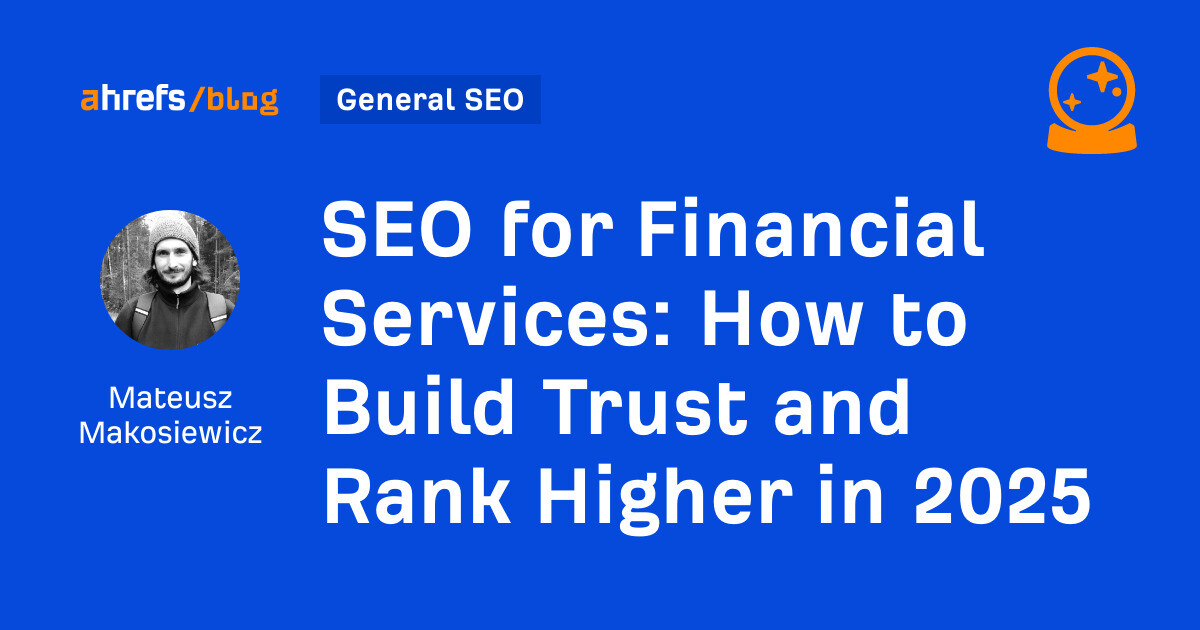
This guide is designed to help financial institutions of all sizes navigate the unique challenges of increasing visibility in Google Search — from local credit unions and solo advisors to national investment firms and fintech platforms. We’ll walk through practical strategies to help you earn trust, demonstrate expertise, attract qualified leads, and stay compliant. The tactics are broadly applicable, but how you apply them will depend on your business model. A local firm might focus on community-driven content and local SEO, while a digital-first platform might lean into educational resources and national visibility. To write this guide, I interviewed eleven experienced finance SEOs: Financial SEO isn’t simply applying standard SEO practices to a financial website. It presents a unique set of challenges: Now, let’s see how the experts advise us to overcome these obstacles. In financial SEO, who’s creating the content matters just as much as what the content says. If your content touches on people’s money, it needs to come from someone who clearly knows what they’re talking about. To demonstrate real expertise, go beyond simply listing an author’s name. Create detailed author profiles that showcase specific financial credentials, such as CFA, CFP, or CPA designations, along with years of experience in relevant areas like banking, investment management, or insurance. It’s also important to match the right expert to the right topic because that can help build credibility and show that you truly understand the topic. If you’re covering complex investment strategies, have a CFA write it or at least review it. If the topic is retirement planning, tap an experienced retirement advisor. You should also use schema markup to clearly signal your authors’ credentials to search engines — this extra layer of detail helps Google better understand the credibility behind your content and can give you a visibility boost in the SERPs. Tag authors and editors with structured data like author, jobTitle, alumniOf, and knowsAbout to showcase their qualifications, education, and areas of expertise. To generate the code, you can use free tools like Merkle’s Schema Markup Generator or any ChatGPT-like AI. Author credentials are just one piece of the trust puzzle. To really build credibility, your entire website should reflect it. Start by showcasing ratings and reviews from trusted third-party platforms like Clutch, Expertise.com, and the Better Business Bureau. Be upfront about your regulatory status, too. Prominently display statements like “Authorized and regulated by the FCA” or “Member FDIC” in your footer and on relevant product pages. You can also take it a step further by dedicating space on your About page (or a separate compliance page) to explain your credentials, licenses, and code of ethics. This About page from a tax advisor firm in Chicago is a good example. And don’t forget the basics — things like HTTPS and visible security badges signal that you take privacy and security seriously, which is critical when you’re dealing with sensitive financial information. In financial SEO, compliance with industry regulations is mission-critical. One mistake can lead to steep fines and serious damage to your brand’s reputation. That’s why you need a rock-solid content workflow built with compliance at its core. Take it from Josh Spies, who shared a real-world example from his time at a UK challenger bank. His team worked closely with compliance team to to rewrite a vague, unoptimised “guaranteed car finance” page. Instead of avoiding the topic, they tackled it head-on — clearly explaining that “guaranteed” finance doesn’t exist, citing FCA regulations, and tailoring the message to users who were often dealing with poor credit. The result? The updated page not only ranked well—it also set a new standard. Competitors started mimicking the transparent, user-first approach. It’s a perfect example of how collaboration with the compliance team can improve both trust and SEO performance. Based on insights from my experts, here’s how to build a content workflow that keeps compliance front and center without slowing everything down: A good idea would be to keep a tool like Ahrefs’ Site Audit part of your workflow for technical SEO. It automatically monitors broken links, and you can set up custom issues to track specific phrases or dates(perfect for spotting outdated content). Using AI in financial content creation is a grey area — and for good reason. While AI can speed things up and help scale production, the risks in a highly regulated industry like finance are too big to ignore (from losing reputation to being fined or sued). Some take a cautious, hybrid approach. They use AI to handle early-stage tasks like generating content variations for long-tail keywords, summarizing complex documents, researching topics, or tailoring messaging to different audiences. But every piece still goes through thorough human review. For instance, Rob May shared that he’s “used it successfully to summarise content in an article by adding a ‘key takeaways’ section.” According to him, this can help secure featured snippets and boost clarity for readers (and I agree). That said, he also stresses the importance of “rigorous content sign-off processes with compliance teams” to ensure that even AI-assisted content is safe, accurate, and brand-aligned. Others avoid AI entirely when it comes to financial content. Their concern? Accuracy, compliance, and trust. AI can make confident-sounding errors, struggle with regulatory nuance, and ultimately put your reputation and legal standing at risk if the content misleads users. For example, Elie Berreby warned: “AI-generated content is one of the fastest ways to drive a financial brand off a cliff.” He points to the high likelihood of “errors, inaccuracies, and hallucinations at scale,” especially in the context of YMYL topics where factual integrity is non-negotiable. In my opinion, the bottom line is that human oversight is absolutely essential if AI is used at all. You can use this three-layer approach: In financial SEO, some content formats just work. They attract traffic, build trust, and move people closer to a decision. Think: This is where keyword research comes in. It does more than just identify topics with traffic potential; it can also guide your content format strategy based on your business’s current stage. Start by identifying keywords directly related to your products or services. Use AI tools like ChatGPT to generate a list of relevant seed keywords. If you’re using Ahrefs, try the AI features in Ahrefs’ Keywords Explorer to brainstorm seed keywords and expand from there. Next, go to the terms match and use the predefined filters to quickly uncover different types of keywords we discussed above, including long tail, low competition, local (if you own physical locations), questions, and comparisons. And here’s how to find keywords related to online calculators in a few seconds: enter “calculator” into the search bar of Keywords Explorer and click on the Matching terms report. Technical SEO might not be as complex or time-consuming for financial sites as it is for giant e-commerce platforms, but that doesn’t mean you can afford to ignore it. These few foundational elements go a long way: The simplest solution to keep your site in good shape is to use a tool like Ahrefs’ Site Audit which monitors your site for over 170 issues, shows where they occur and how to fix them. Backlinks are still one of the strongest signals in Google’s ranking algorithm, but quality matters far more than volume. A handful of links from trusted, authoritative sources can carry more weight than dozens of low-quality ones. Here’s how to earn backlinks that move the needle: A real-world example of this is from Bankly, a Danish fintech startup. As Victor Enselmann shared, Bankly was up against established competitors with stronger backlink profiles. Here’s what his team did to close the gap: This single Digital PR campaign resulted in over 20 links from high-authority media outlets — not an easy number to get in the Danish market, as Victor later explained to me. The high-quality backlinks earned through this targeted Digital PR effort were a major factor in Bankly achieving #1 rankings for highly competitive personal loan keywords (like lån penge, which translates to “borrow money,” or samlelån, Danish for “debt consolidation loan”) and driving significant visitor growth within roughly 1.5 years. Ranking well in organic search is the goal, but it shouldn’t be your only visibility strategy. There are other smart ways to get in front of your audience and build trust towards your brand at the same time. Optimizing for both featured snippets and Google’s AI Overviews is actually pretty similar. They both reward clear, concise answers and well-structured content. If you’re aiming for featured snippets, you’ll want to focus on directly answering common questions, using headings that match search queries, and formatting answers in lists, tables, or short paragraphs. In essence, you have to match what’s already included in featured snippets but make it a bit better. But AI Overviews go a step further. What appears to be working is adding new, unique information to your articles, i.e. information gain. For example, Google cites our only blog posts for almost, and entire section on crafting compelling content because we provided the most detailed, actionable tips. You can track your presence in both featured snippets and overviews using Ahrefs’ Rank Tracker. For high-intent keywords that are tough to rank organically, paid search can give you immediate exposure while your SEO gains traction. You can identify these keywords with three clicks in Keywords Explorer: insert your keywords, set Keyword Difficulty (KD) to 50 to display the more difficult half of the keywords, and sort the results by descending CPC (Cost Per Click). Start by claiming and optimizing your listings on platforms your audience actually uses and trusts. For local visibility means using Google Business Profile, Yelp, and the Better Business Bureau. For finance-specific trust, think bigger: Trustpilot, Bankrate, NerdWallet. A well-maintained profile on these sites does a few things: Once your listings are live, don’t stop there — get proactive. Ask satisfied clients to leave reviews, and make it easy for them by linking directly to your review pages in follow-up emails or thank-you messages. Your Google Business Profile (GBP) is one of the most underrated power plays in local SEO. It’s a free listing that shows up in both Google Search (in the so-called local pack or map pack) and Maps, and most of the time it outranks even the biggest aggregators. If you’re a local financial advisor, credit union, or regional lender, this is one of your best opportunities to punch above your weight and outrank national competitors. A well-optimized GBP gives you front-and-center visibility, especially for high-intent searches like “financial planner near me” or “best mortgage rates in [city].” And if you list all your branches separately, you can even double dip on some search terms, like this tax advisory: Even if someone hears about your firm through a referral or paid ad, they’re probably Googling you before reaching out. What they see in your GBP listing — reviews, photos, services, and how (or if) you respond to comments — can make or break the decision to contact you. Three fundamental tips to optimize your GBP listing(s): Social media might not directly boost your rankings, but it absolutely supports your content by amplifying, driving referral traffic, and building trust with users. It can also earn you more backlinks. It’s something we do at Ahrefs all of the time. Use social to: YouTube can also be a major SEO asset because Google often shows video results right on page one. Certain keywords trigger YouTube snippets in the SERPs, and this may be your opportunity to jump the line: You can find these keywords using the SERP features filter in Keywords Explorer. Rankings and traffic are the baseline metrics, but they’re only part of the picture. SEO in this space isn’t just about visibility; it’s about credibility. As Rob May puts it: Google relies more heavily on wider trust signals to determine the credibility of a brand in the financial services industry. Things such as reviews, brand mentions, and brand searches have more weight. Elie Berreby makes it even clearer: The strategy I’ve consistently seen deliver exceptional results isn’t an SEO strategy per se: it is building a trusted brand. So, if you want to gauge the real impact of your SEO, you need to go deeper than keyword positions. Are more people searching for your brand by name? Are trusted outlets linking to you or mentioning your content? These are the signals that show your strategy is working. They tell Google (and your audience) that you’re not just another option — you’re the authority. Just look at how thousands of people add “nerdwallet” before the actual thing that they are looking for. Brand monitoring is a whole topic on its own. We’re breaking down exactly what you need to monitor and how to act on those insights in this guide. Tip Check out our new Brand Radar tool. It can look through all keywords and Google AI overviews for mentions of your brand products and also competitors and give you a picture of your market share. Free on all plans while in Beta. My sources also mention that it’s a good idea to track user engagement signals. I have to admit I used to be skeptical about those metrics having a big stake in SEO, but I’m seeing more and more evidence (like this recent video from Google’s Office Hours) that this may be the case. So, it might be a good idea to use metrics like visit duration, return visits, bounce rate, and scroll depth to gauge whether your content is actually resonating. If you’re seeing unusually low engagement, this may be a sign your content doesn’t match the search intent and could soon fall in rankings. Even with all the tactics in place, I was curious: is it possible to futureproof your SEO strategy? To get consistent free traffic despite AI overviews and constant algorithm changes? According to the experts I interviewed, the answer is yes: Got questions or comments? Find me on LinkedIn.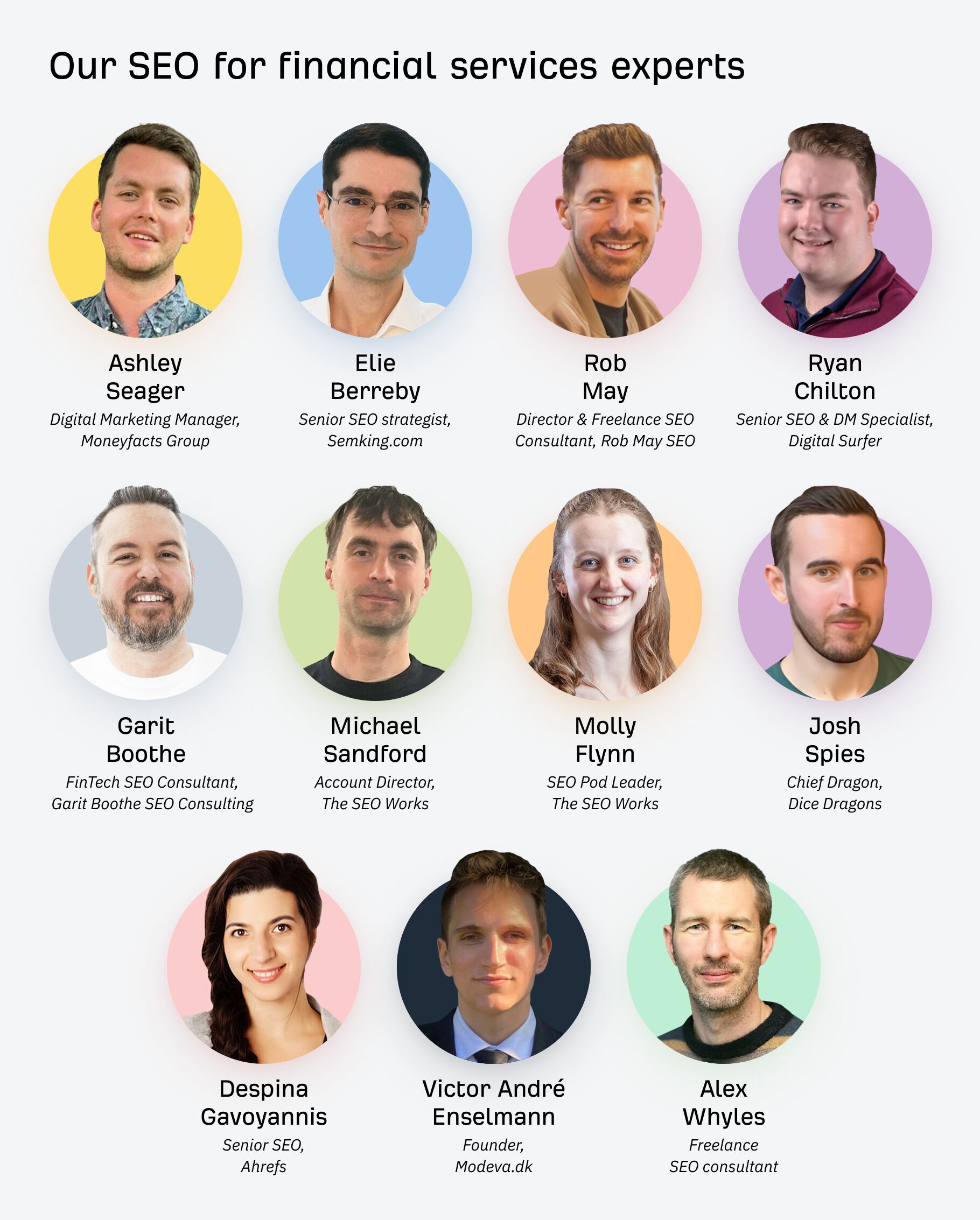
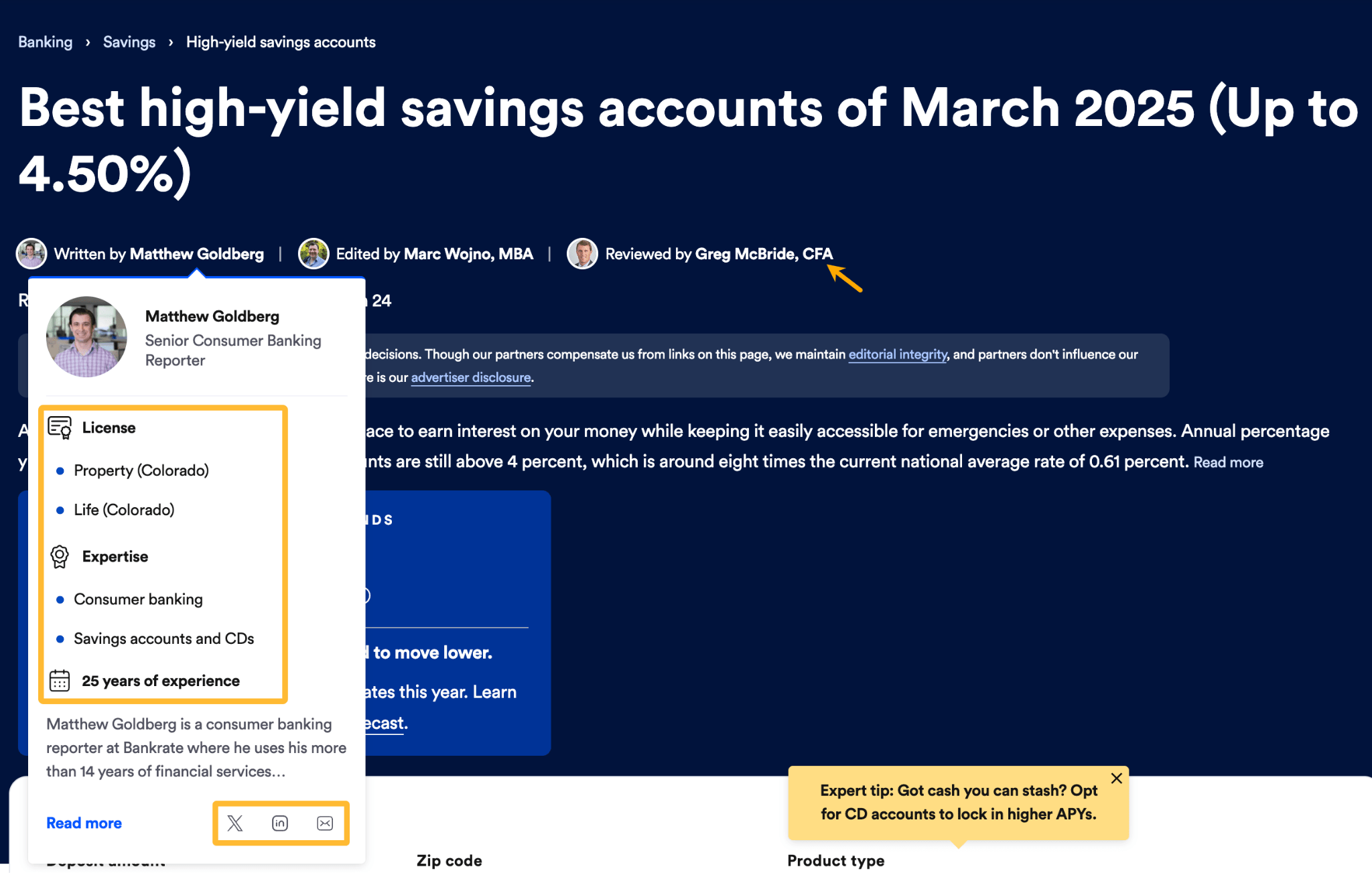
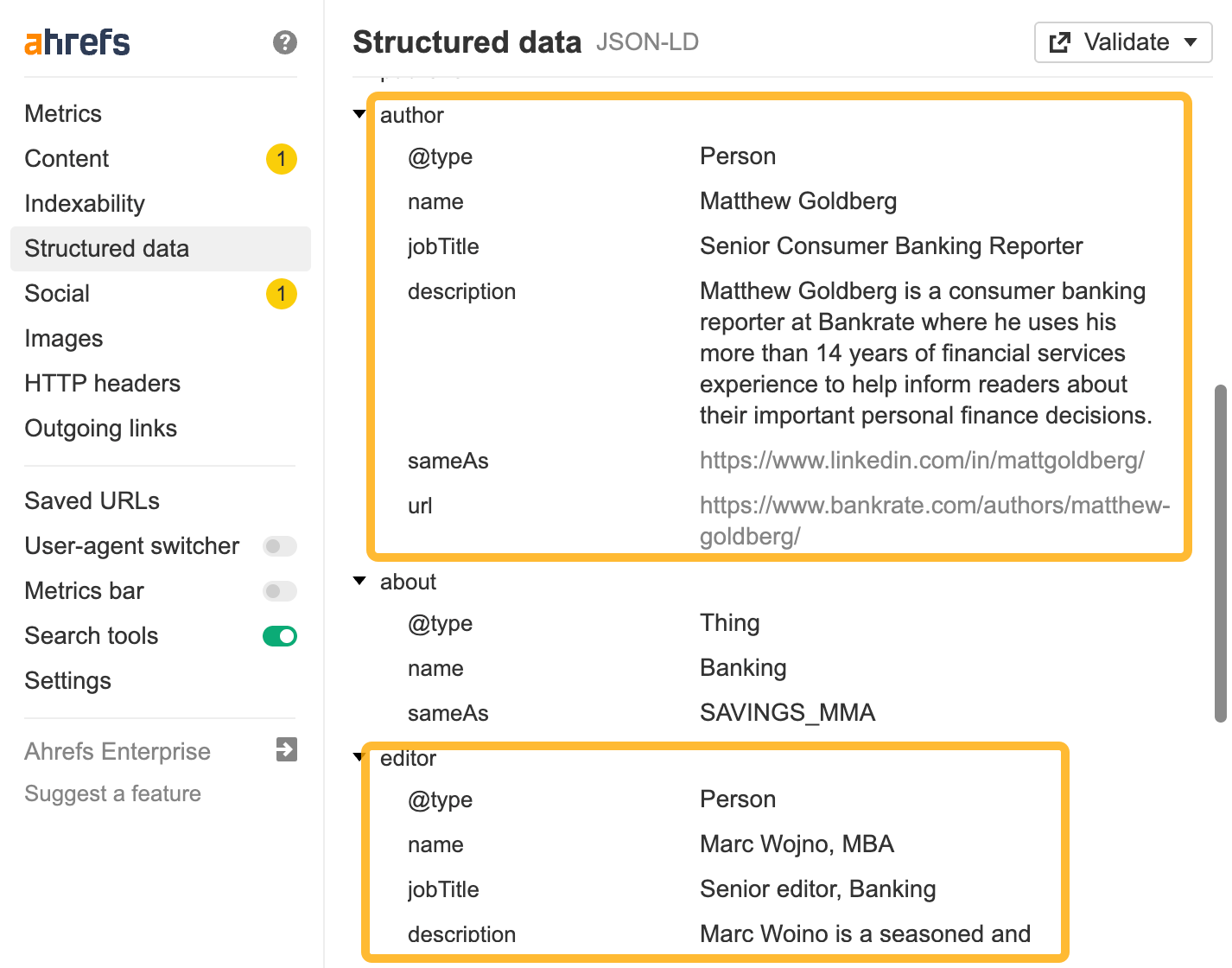 Example of structured data in financial content via Ahrefs SEO Toolbar.
Example of structured data in financial content via Ahrefs SEO Toolbar.

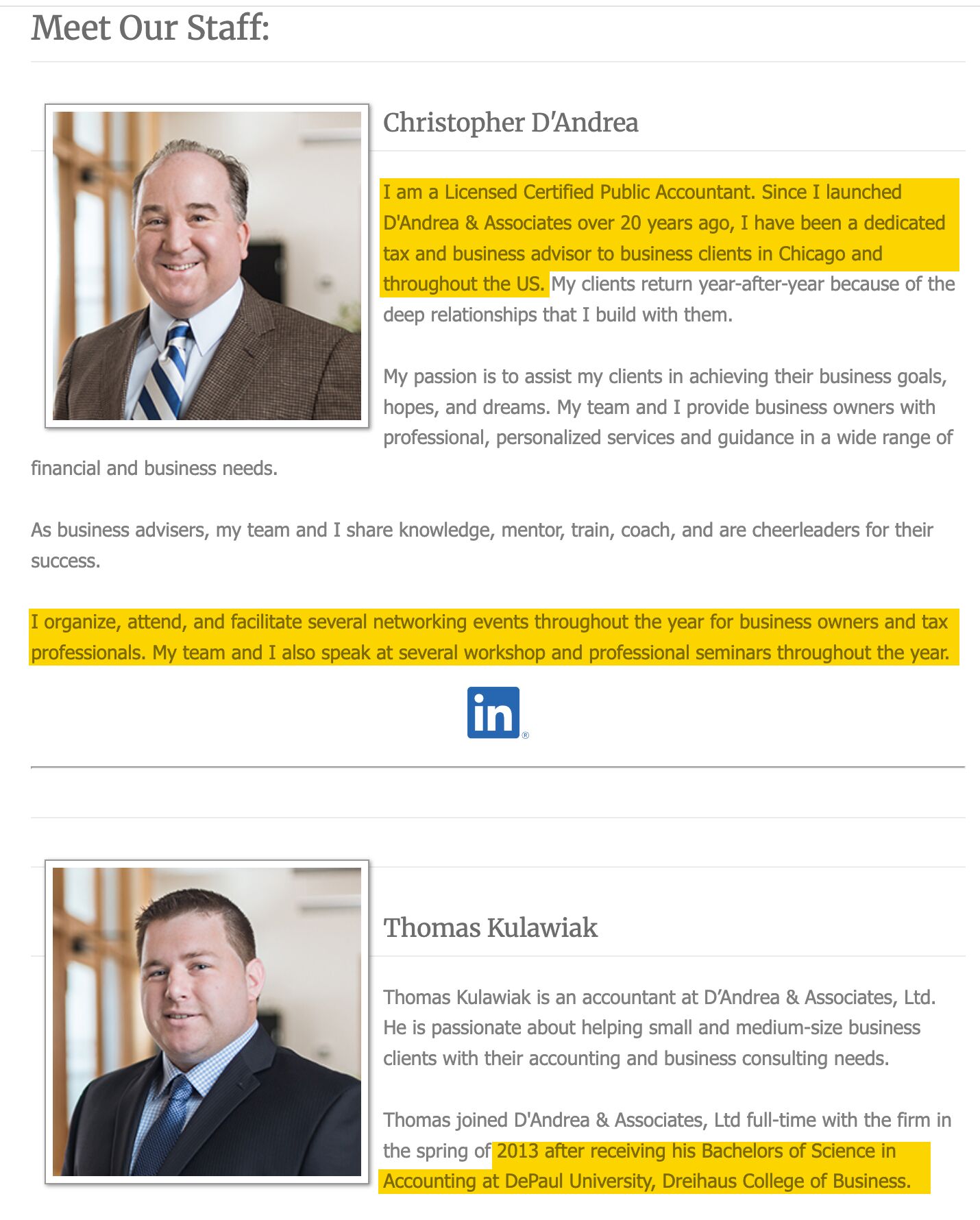
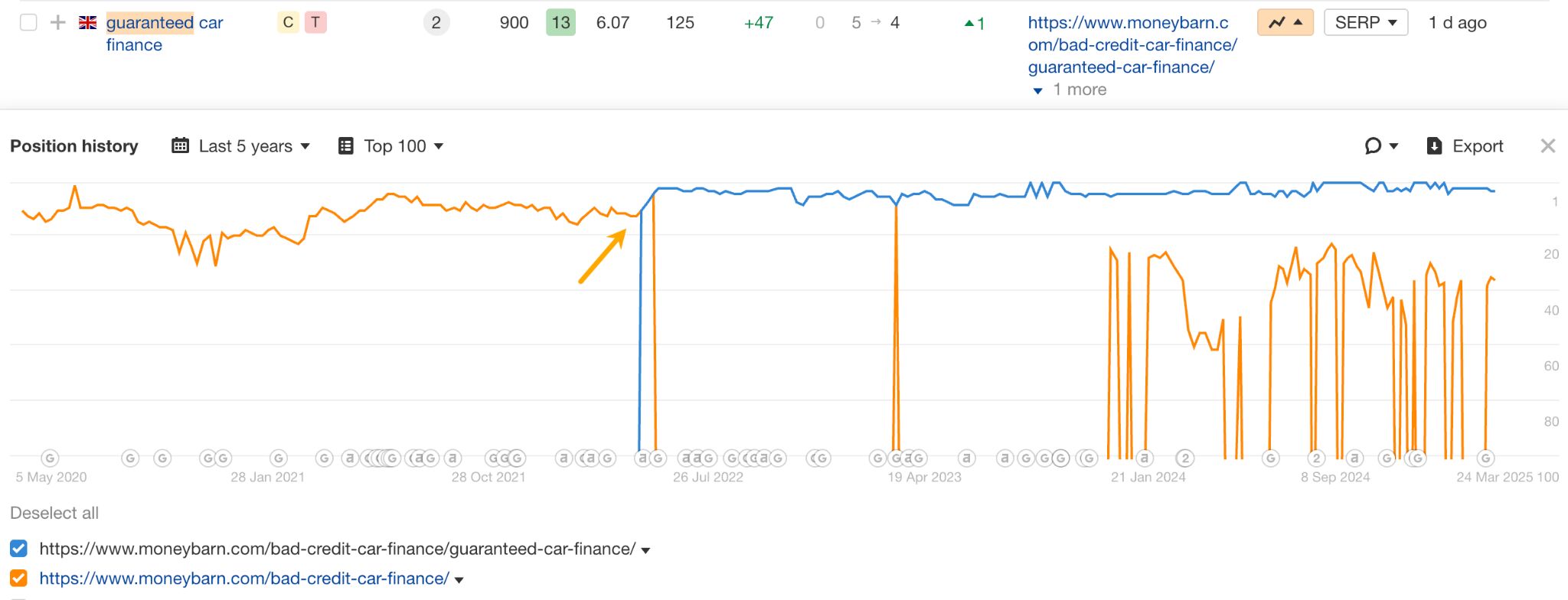
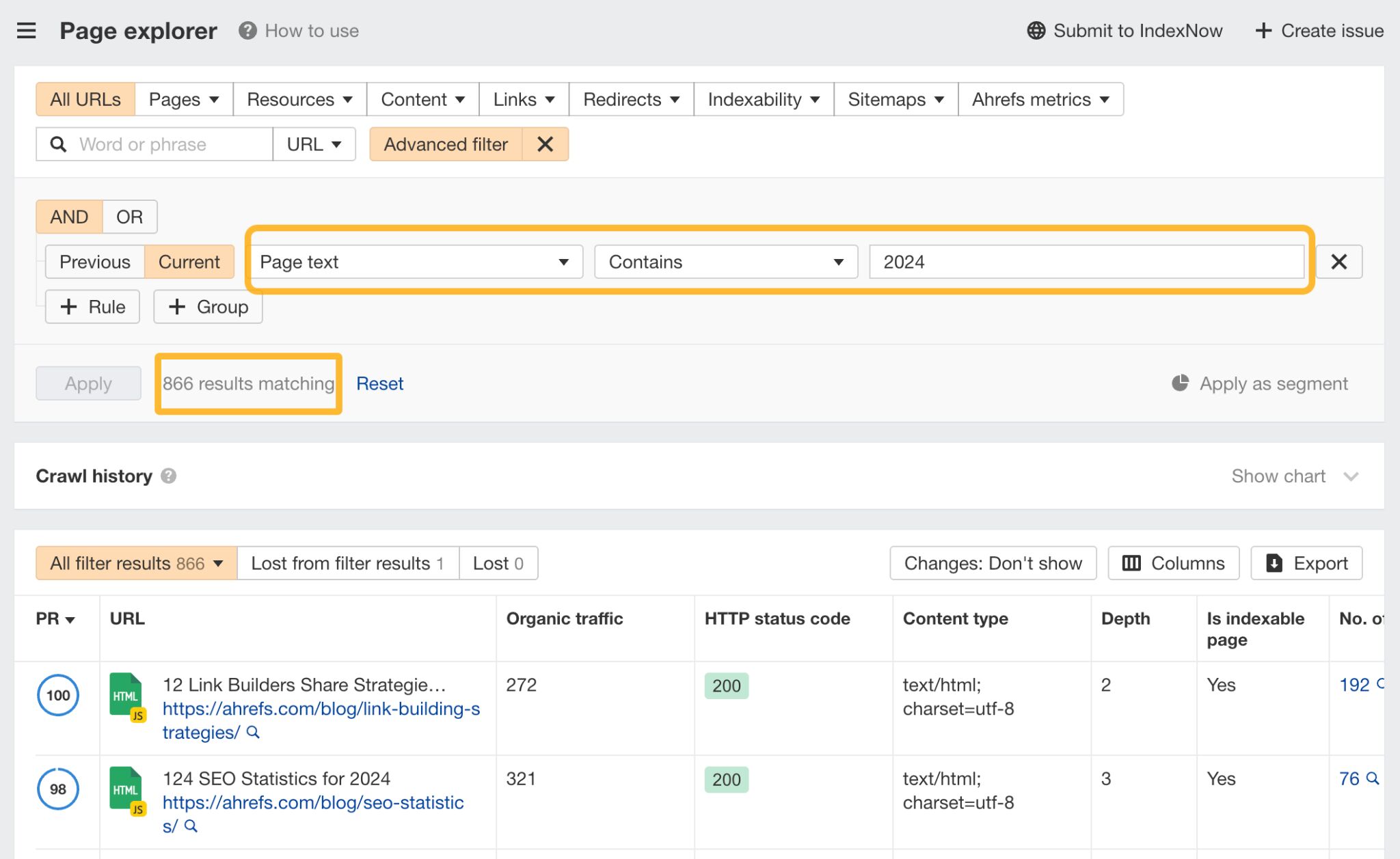
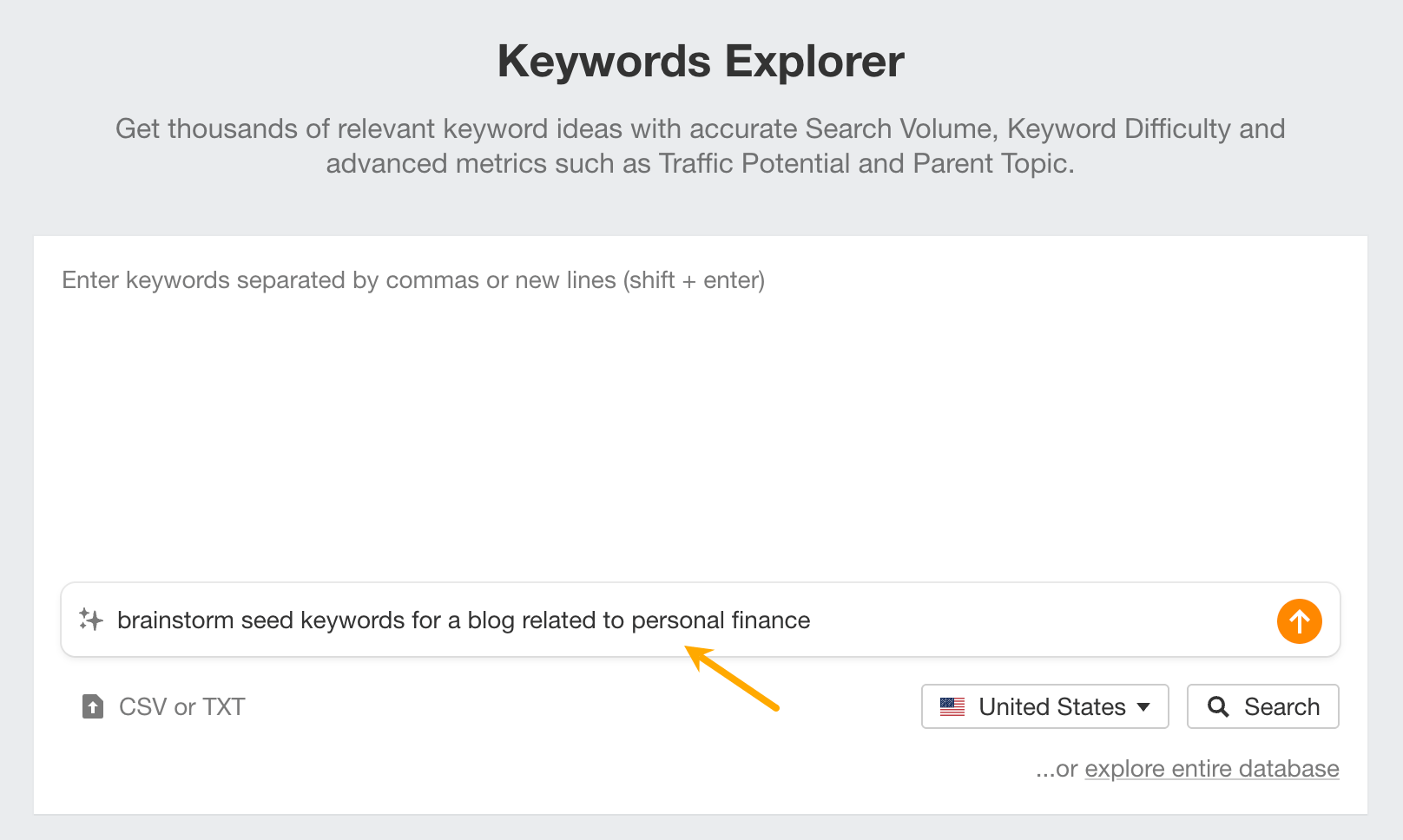
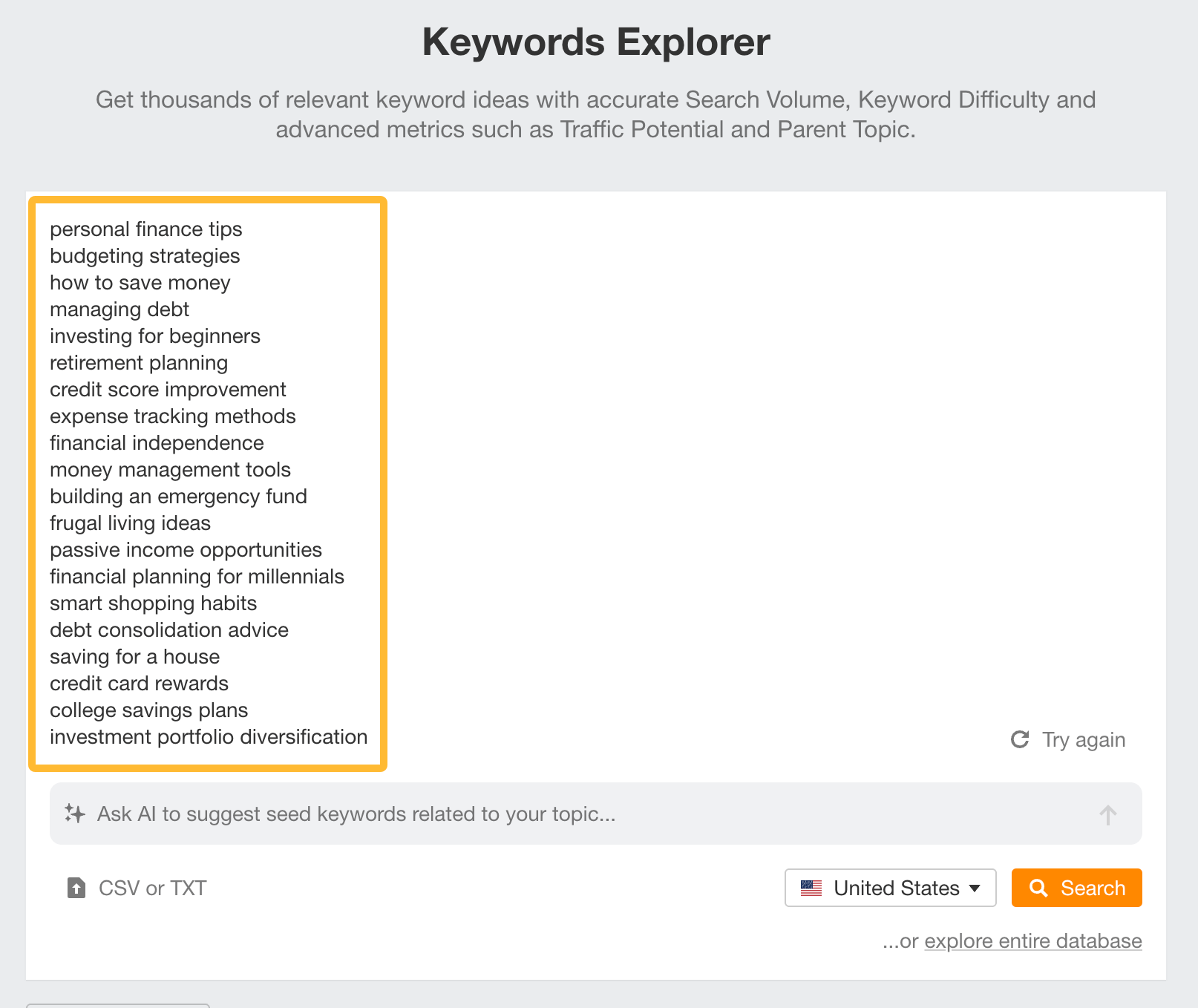
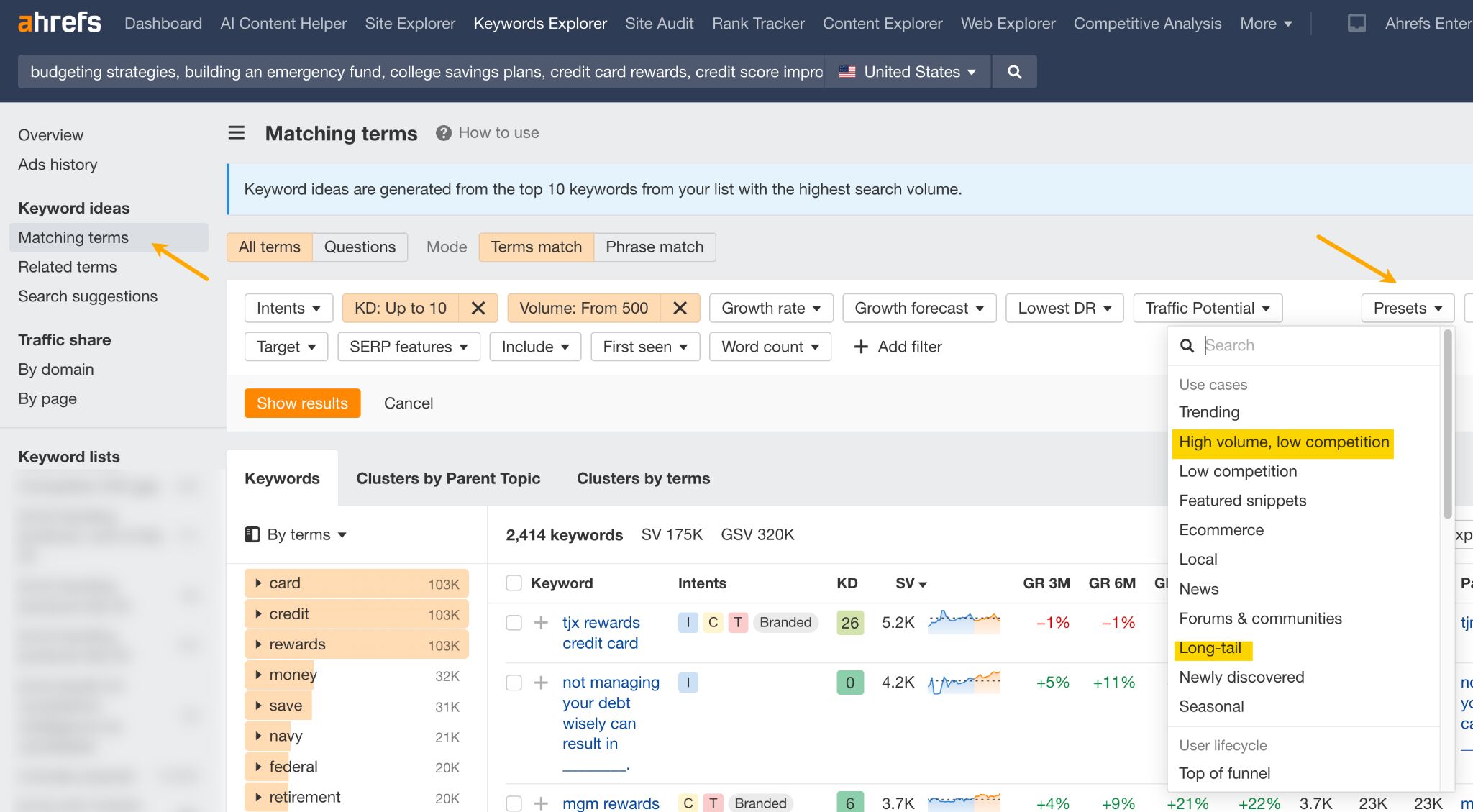
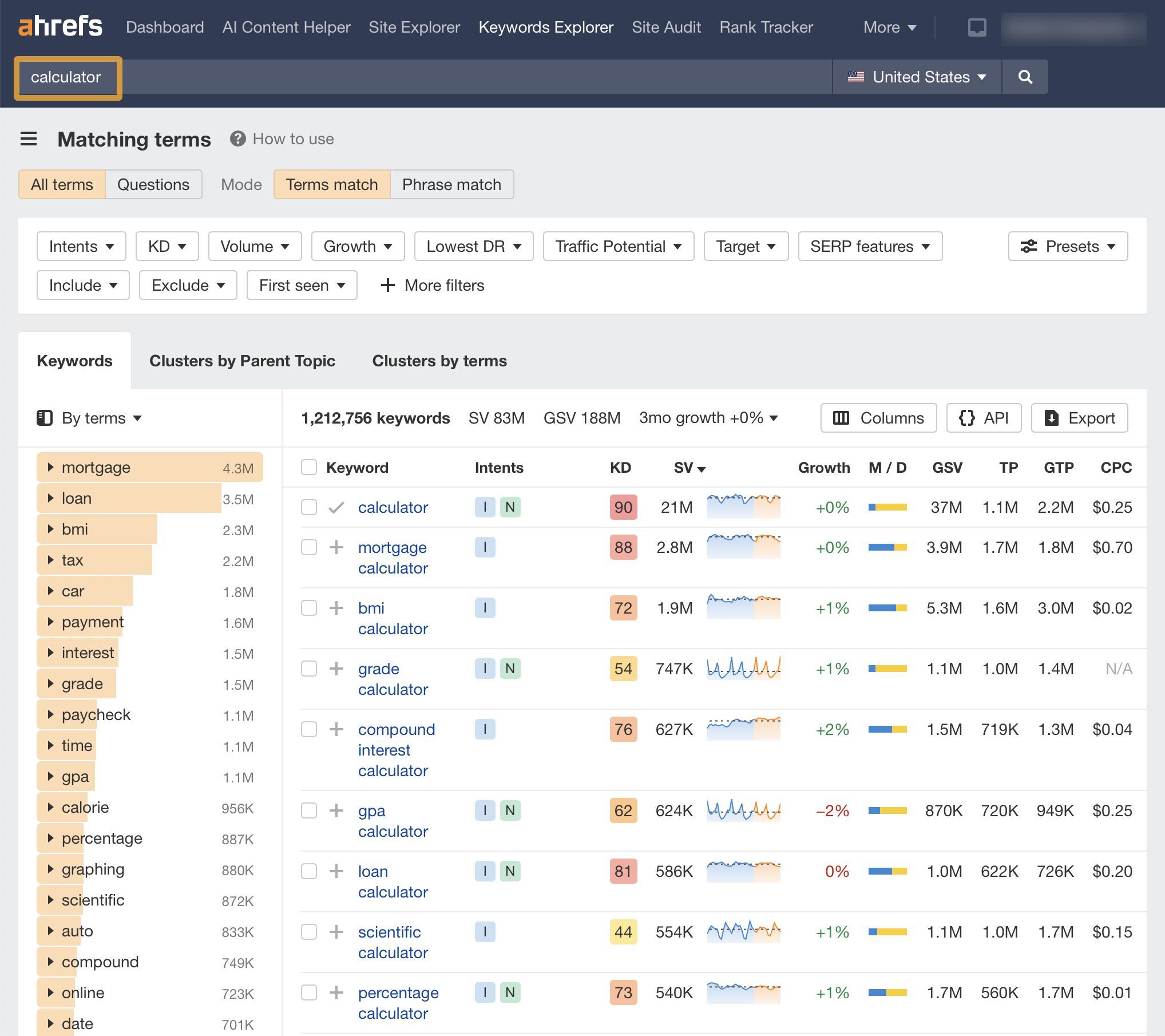
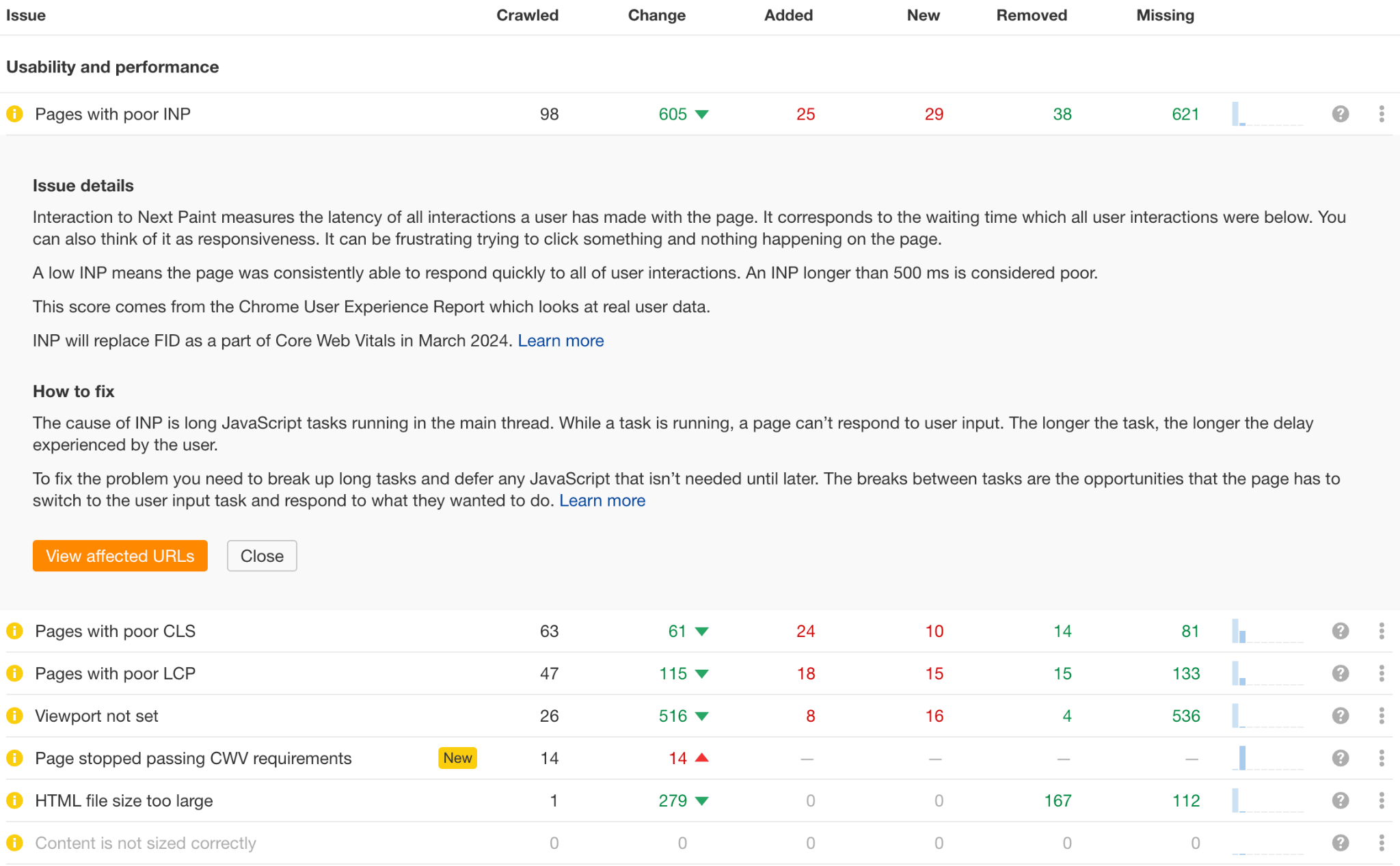
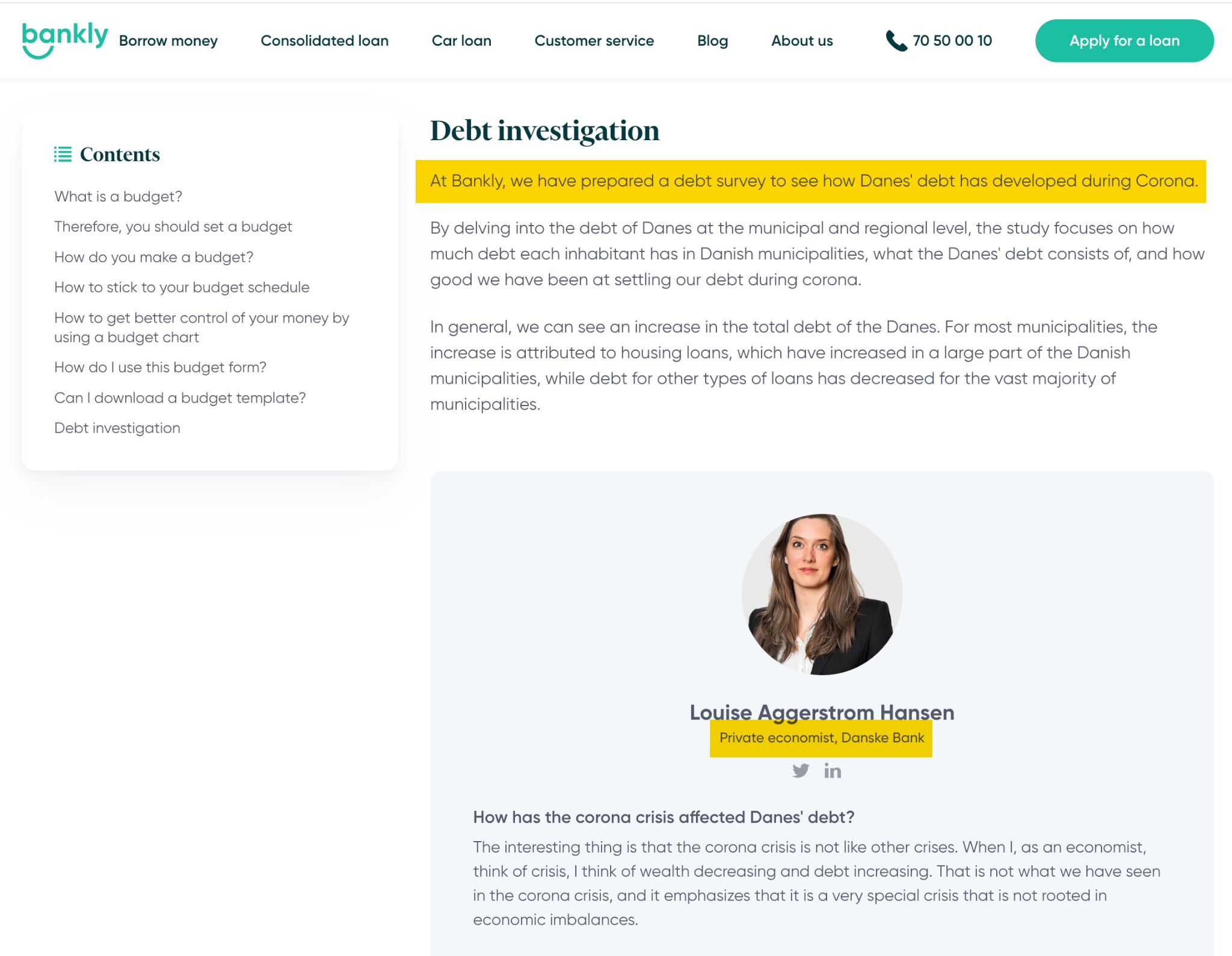
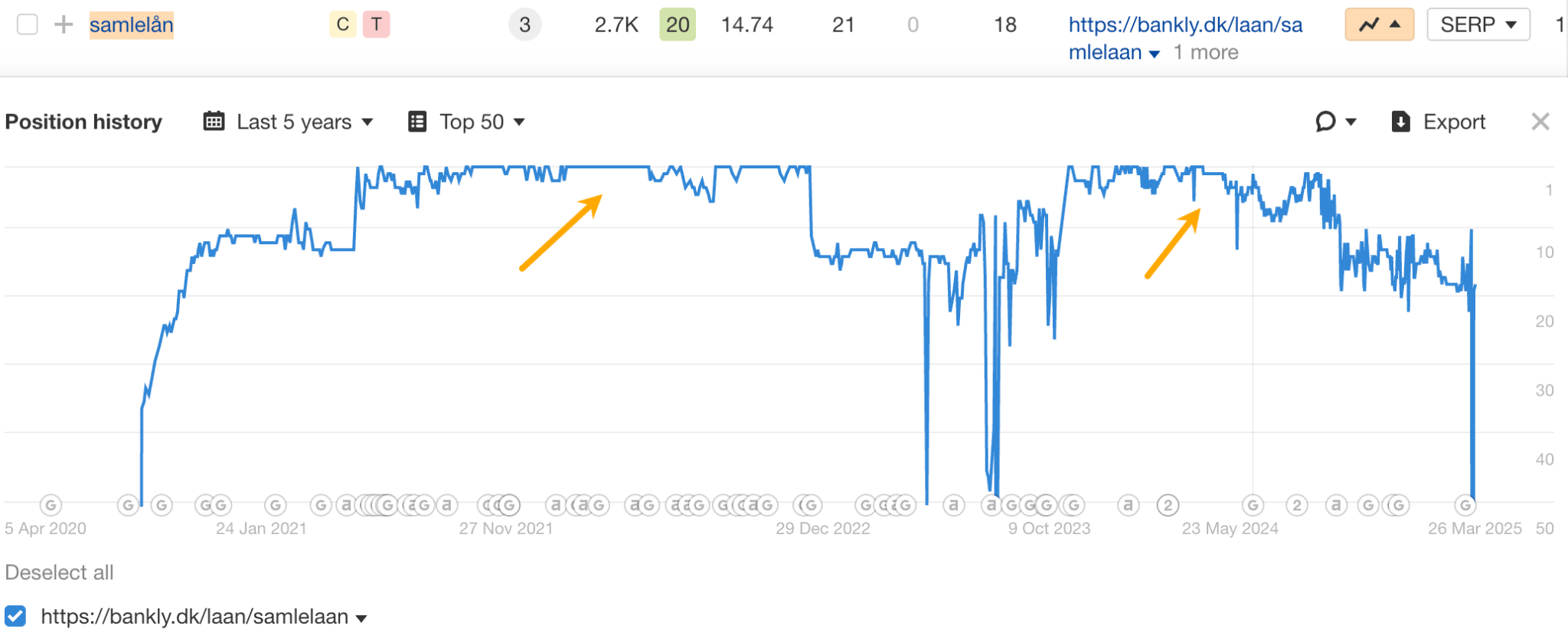
Optimize for featured snippets and AI Overviews
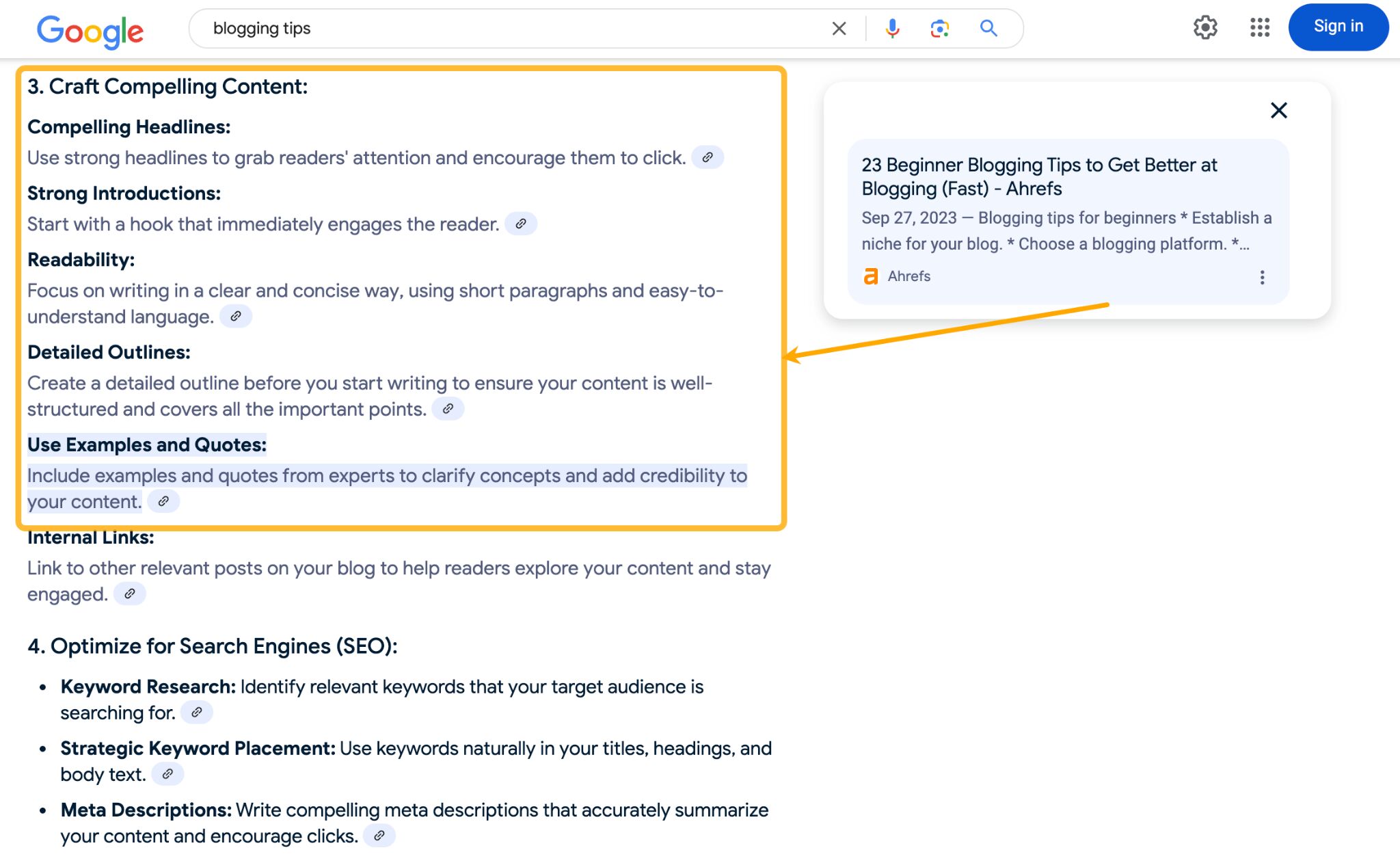
![]()
Run Google Ads for competitive keywords
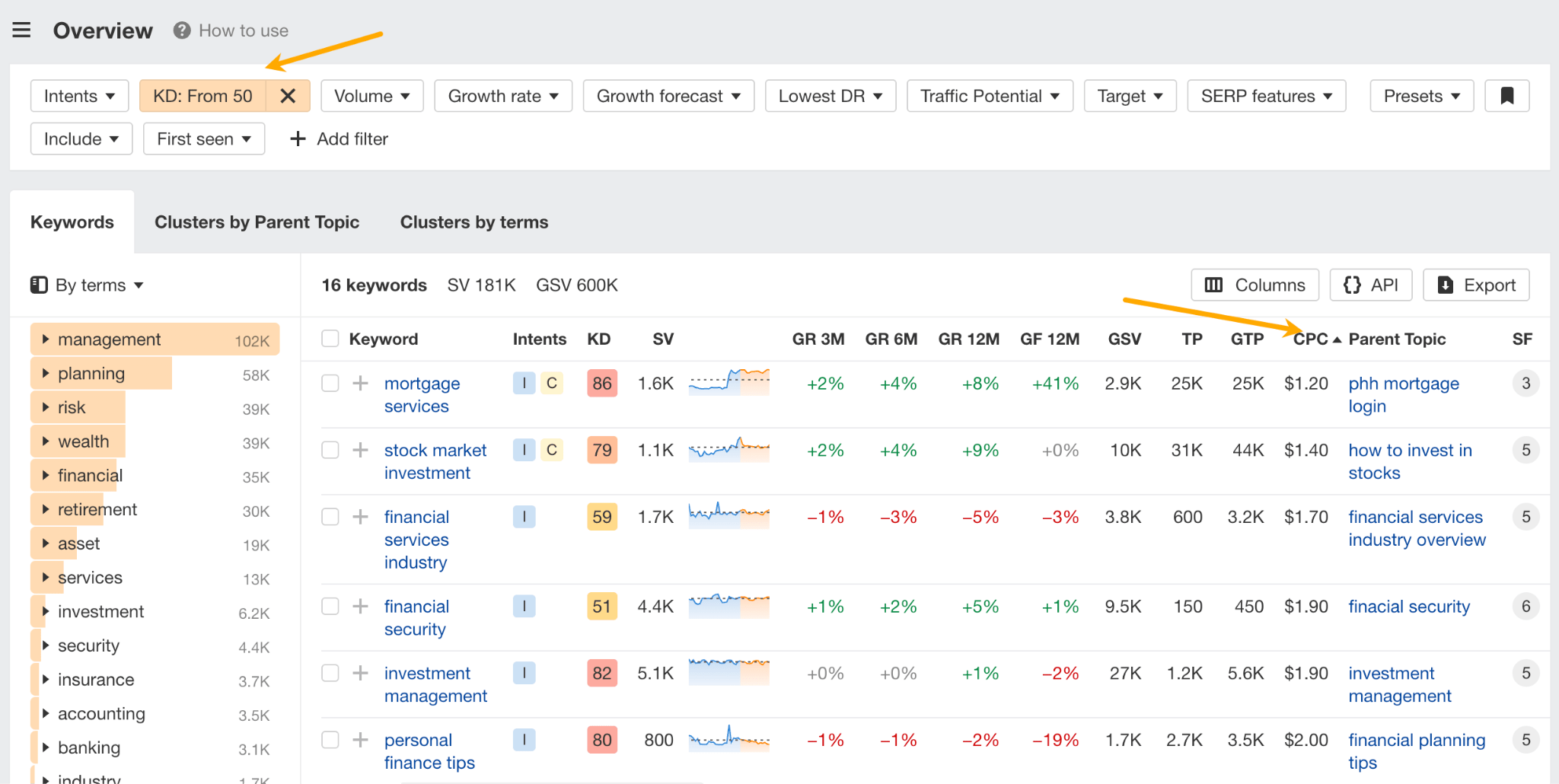
Claim your space on directories and review platforms
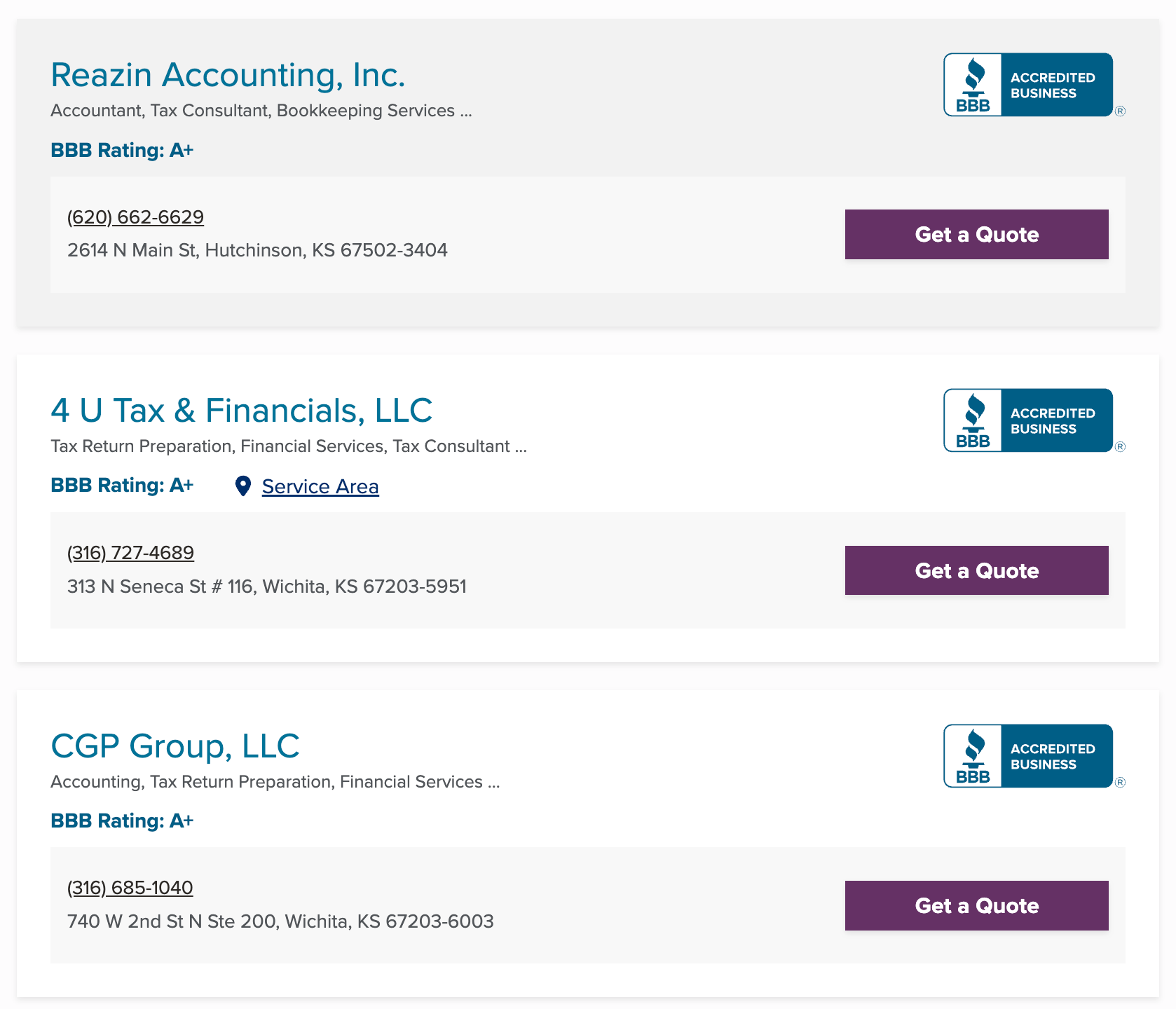
Optimize Google Business Profile for each branch
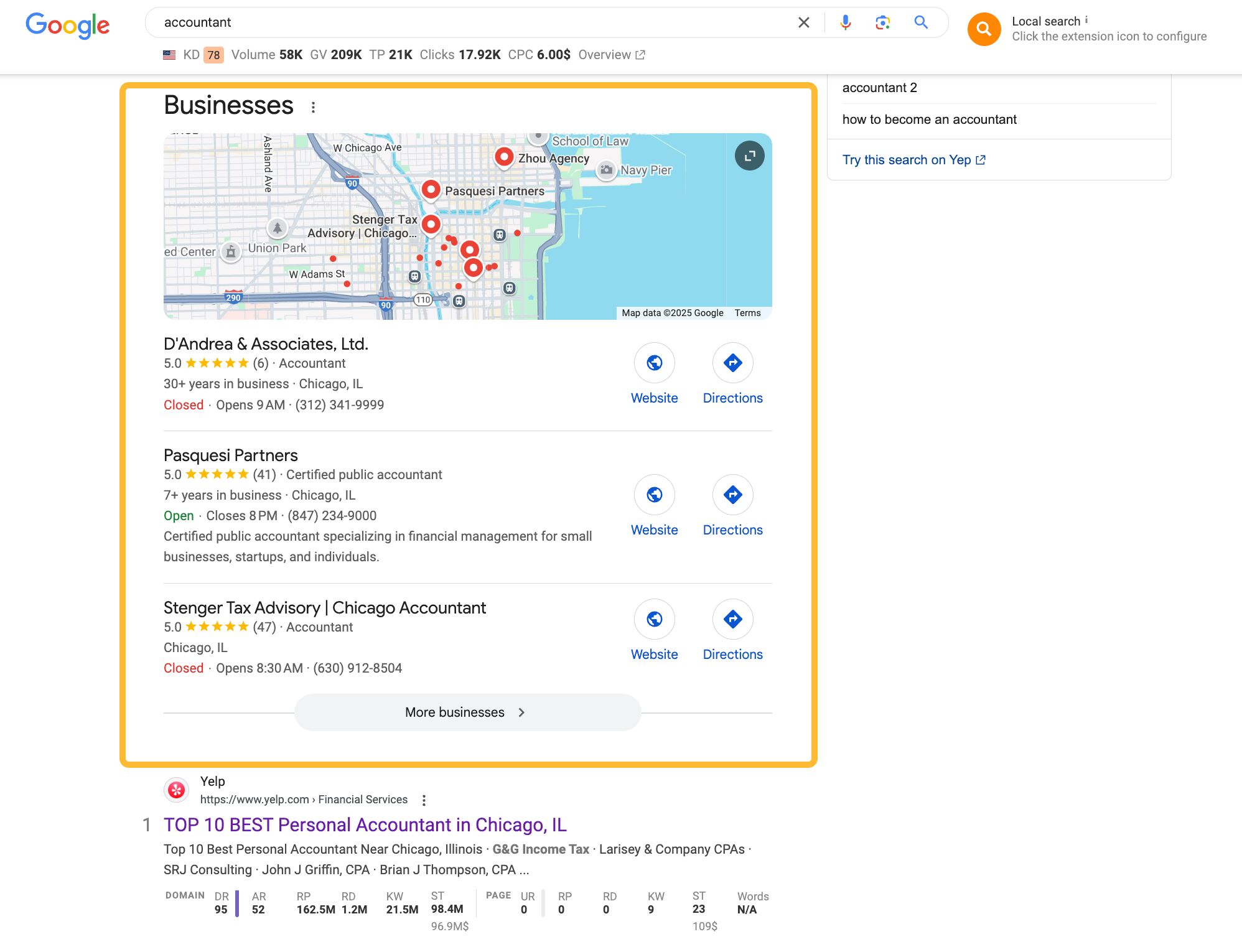
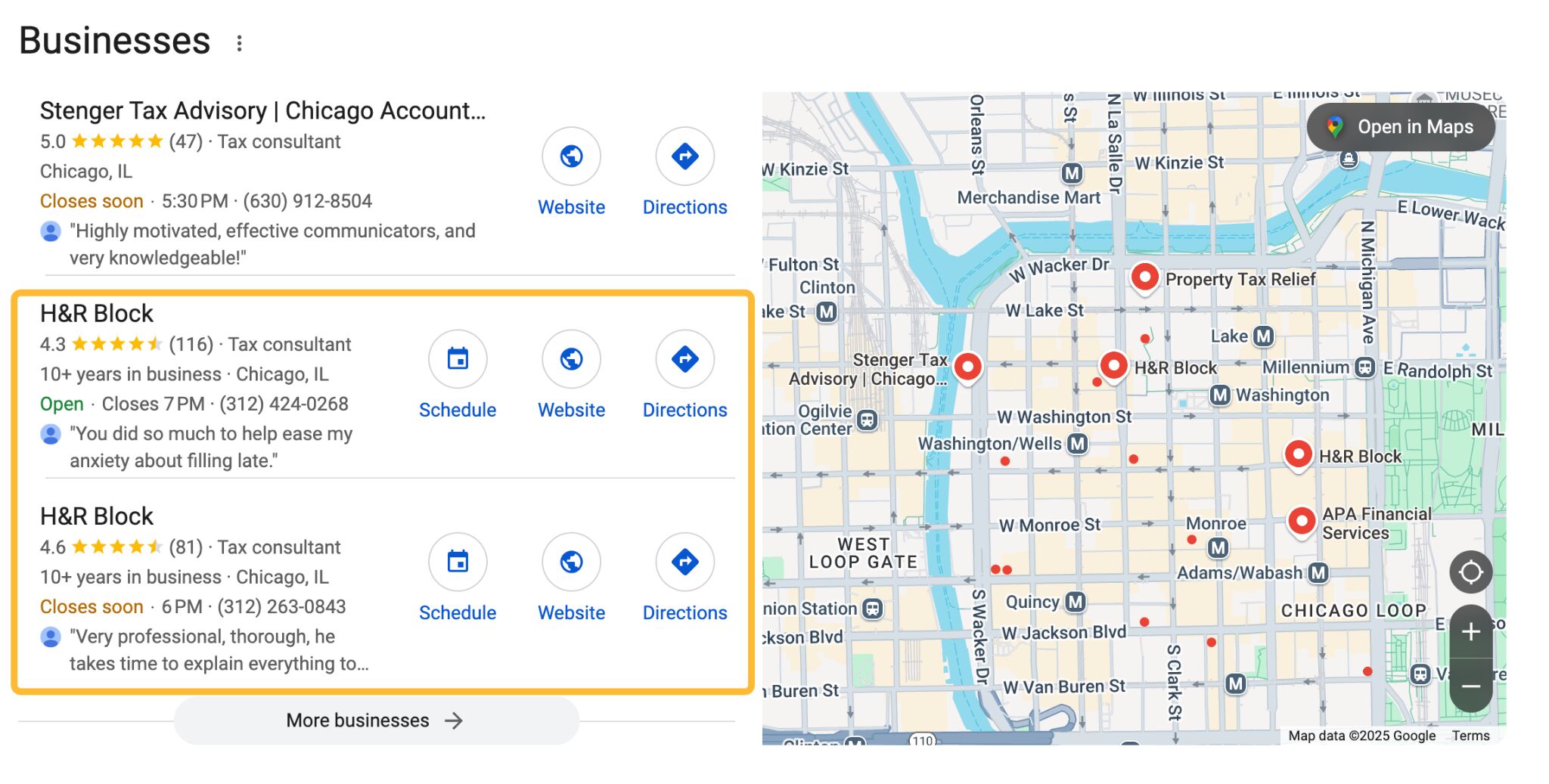
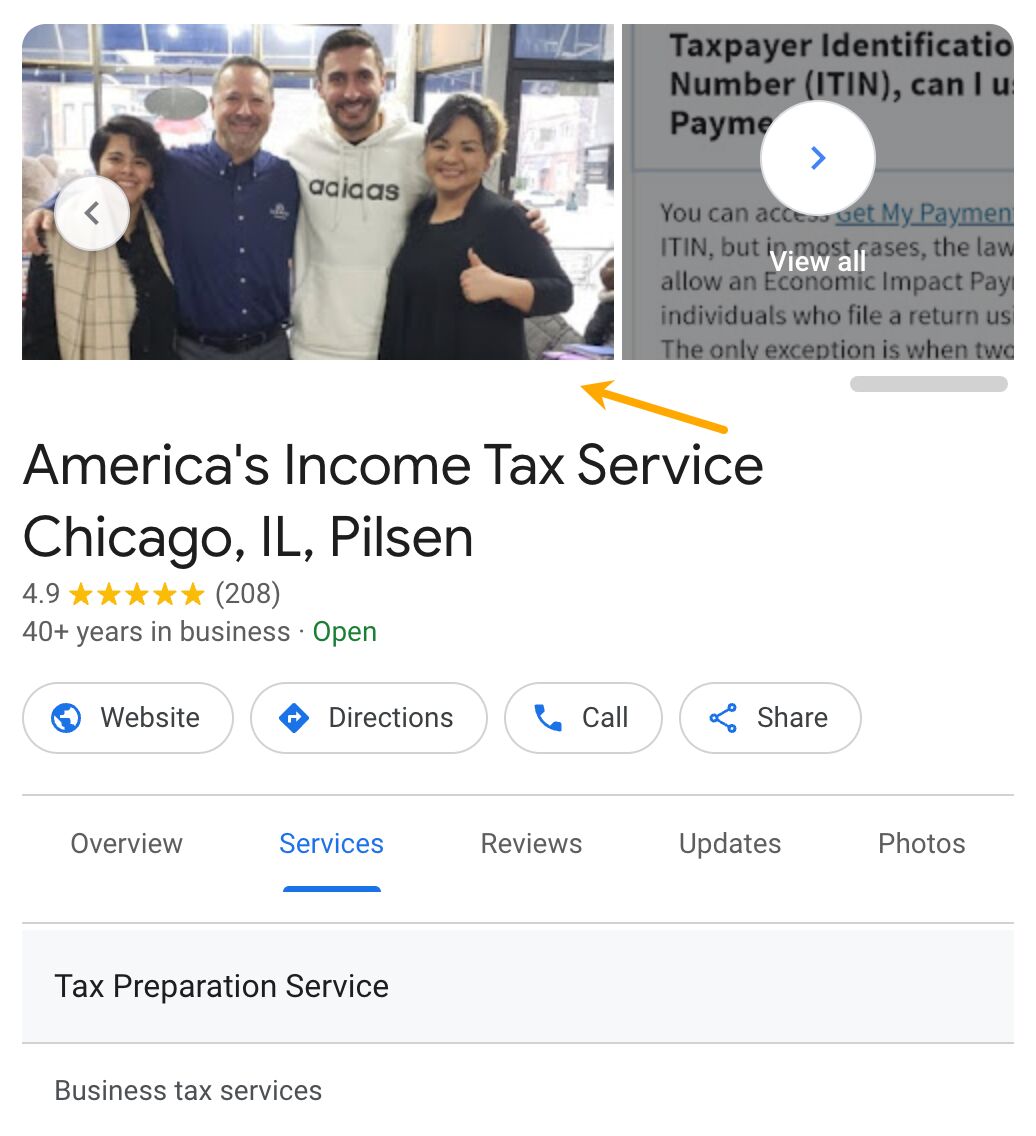 A photo with happy customers shows the power of emotional connection — proof that when people feel understood and supported, trust naturally follows.
A photo with happy customers shows the power of emotional connection — proof that when people feel understood and supported, trust naturally follows.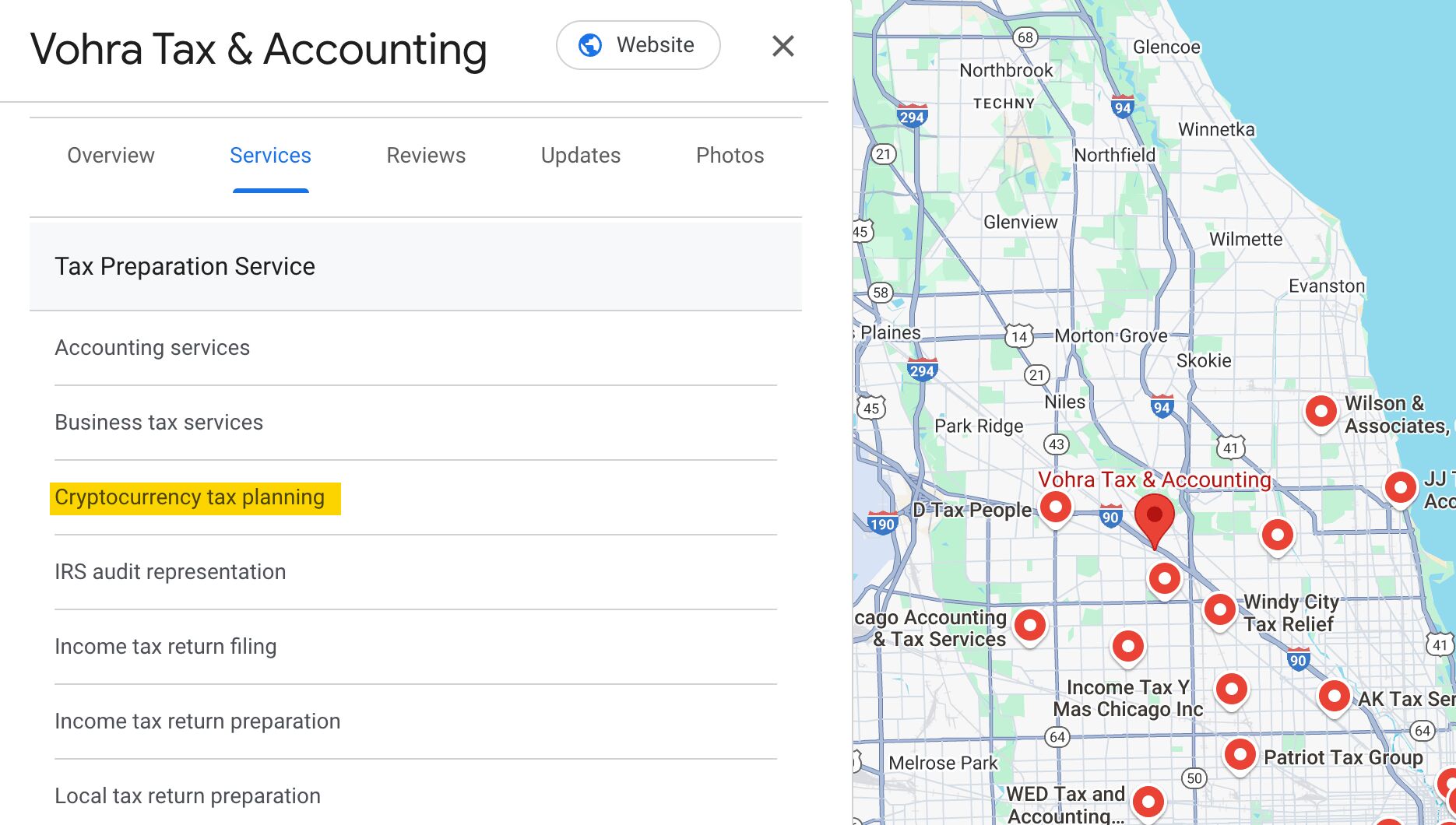 A rare find: a tax advisory that actually understands crypto.
A rare find: a tax advisory that actually understands crypto.Extend your reach through social
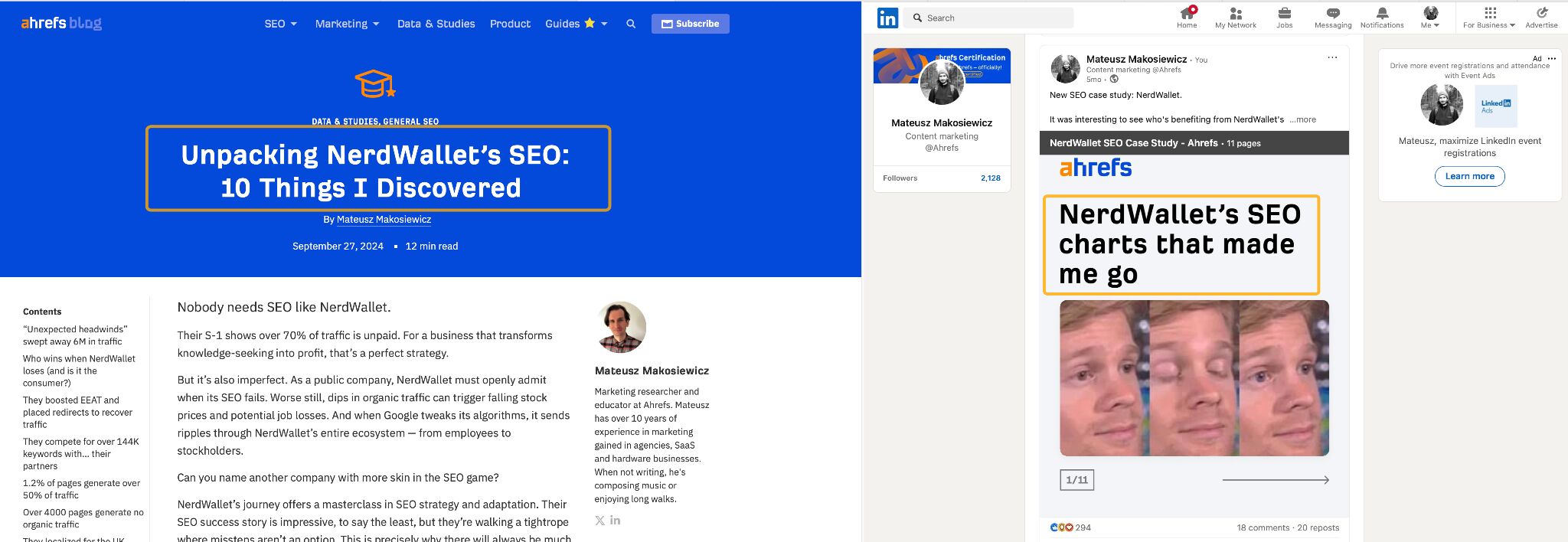
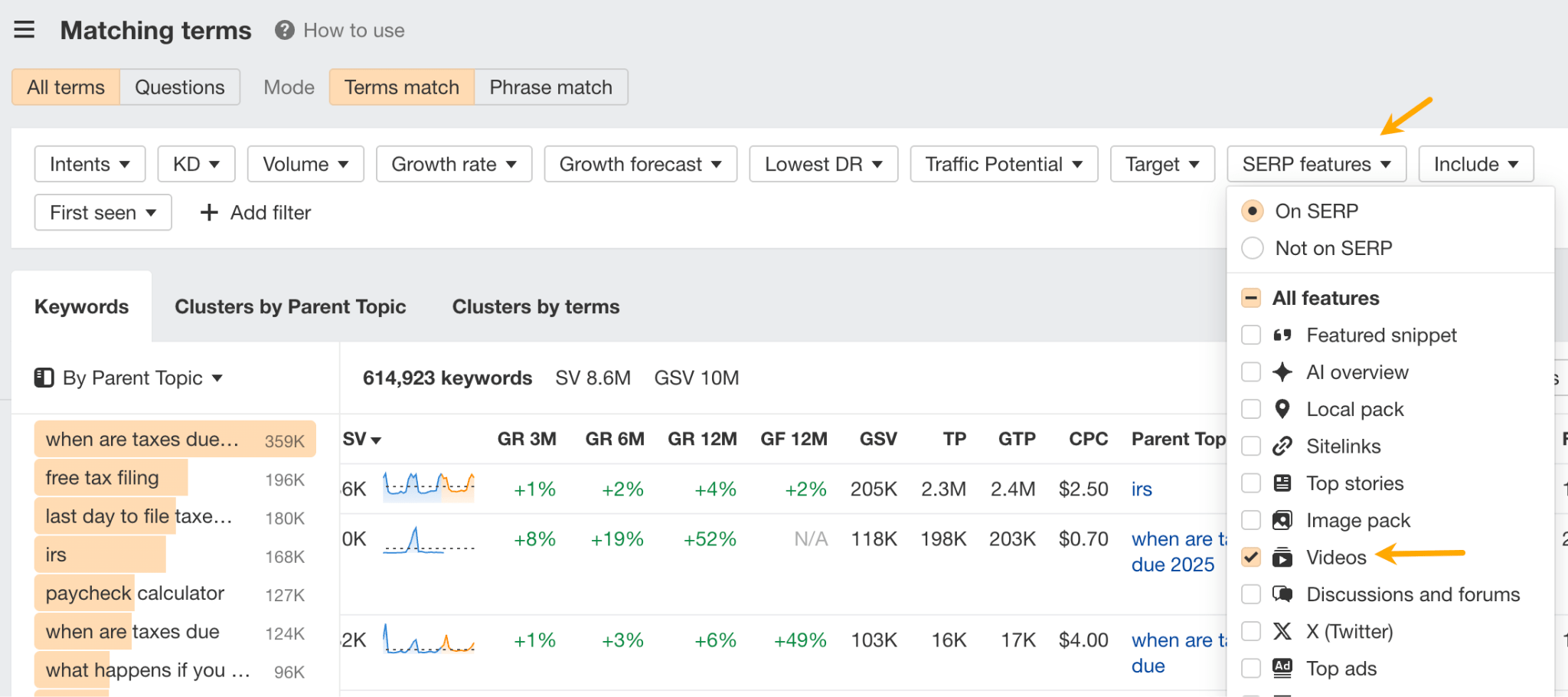


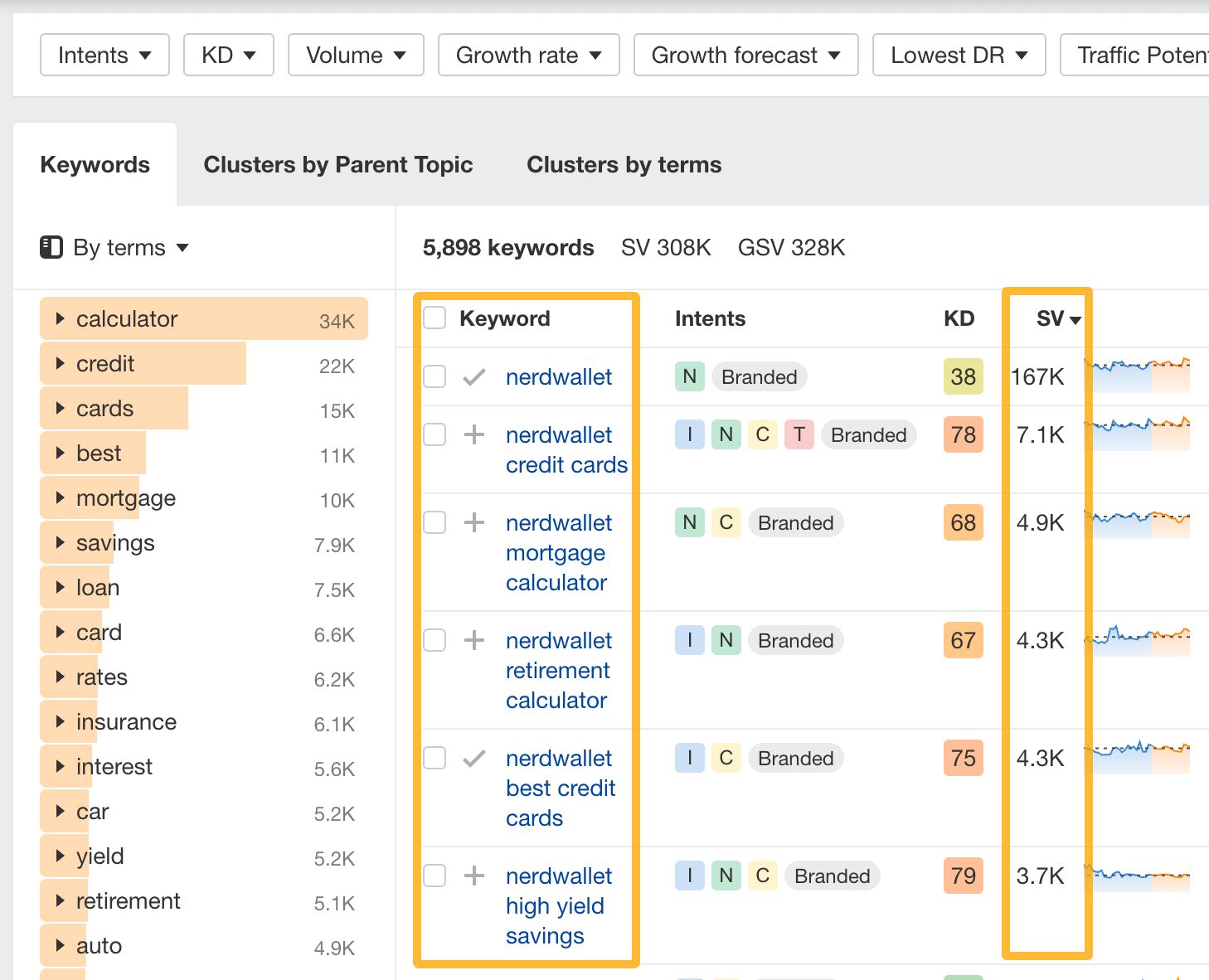
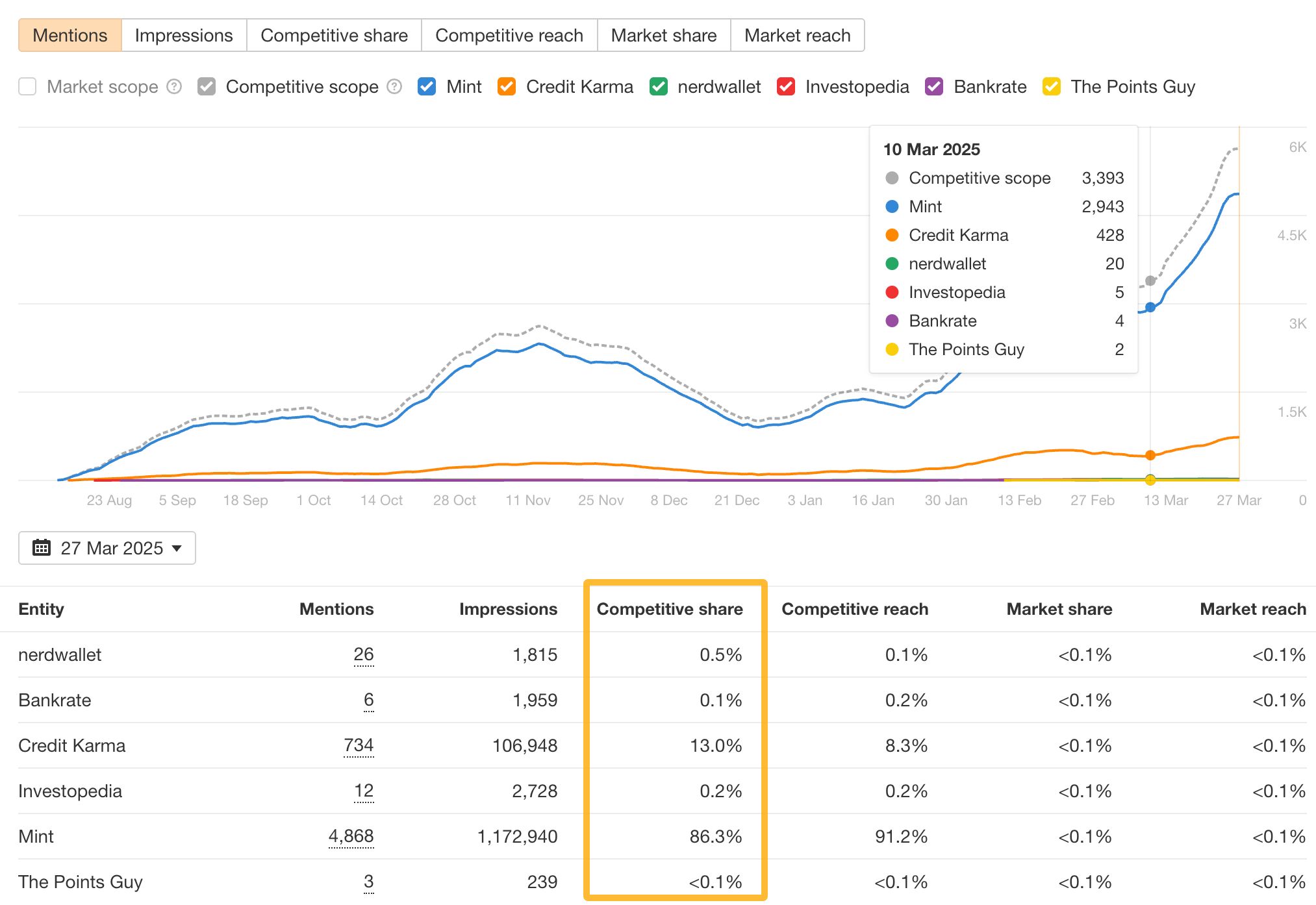
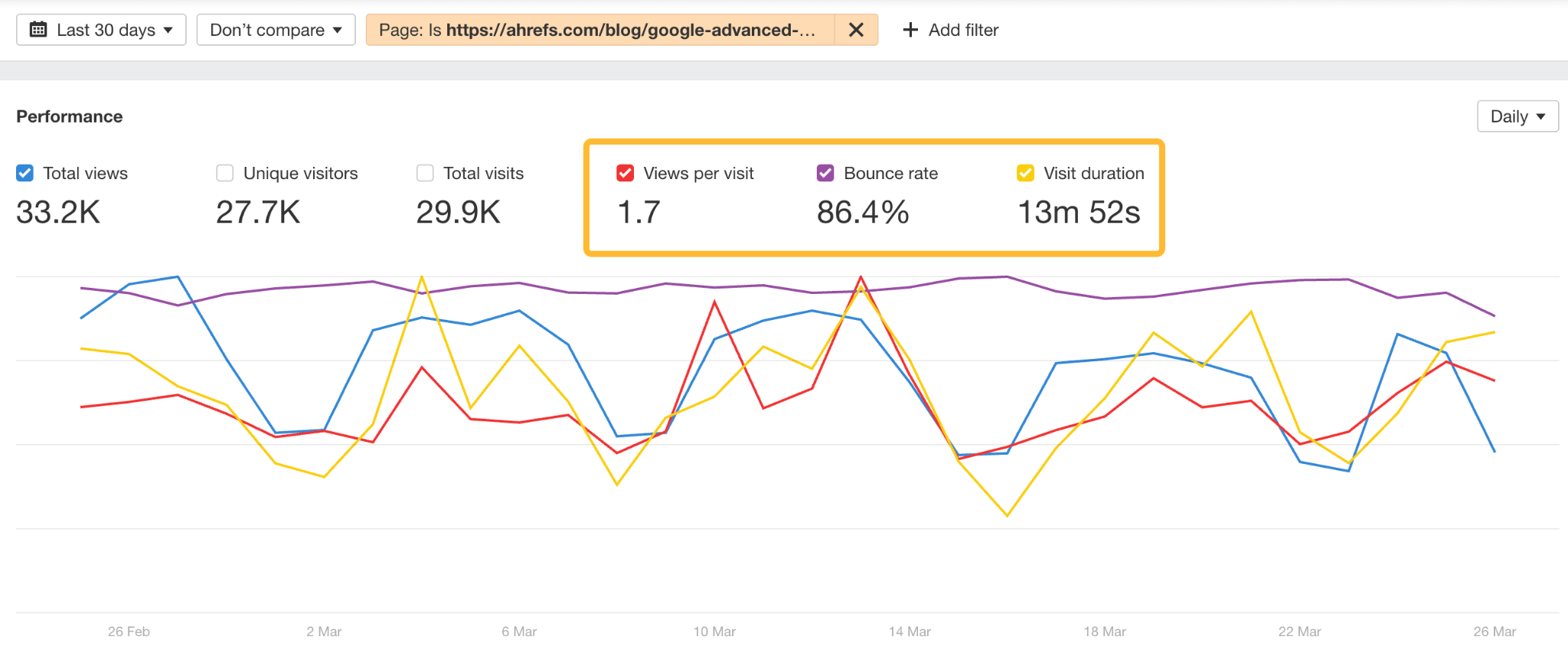 You can track basic engagement metrics right inside Ahrefs with the new Web Analytics tool.
You can track basic engagement metrics right inside Ahrefs with the new Web Analytics tool.Final thoughts: how to prepare for future search changes

 UsenB
UsenB 







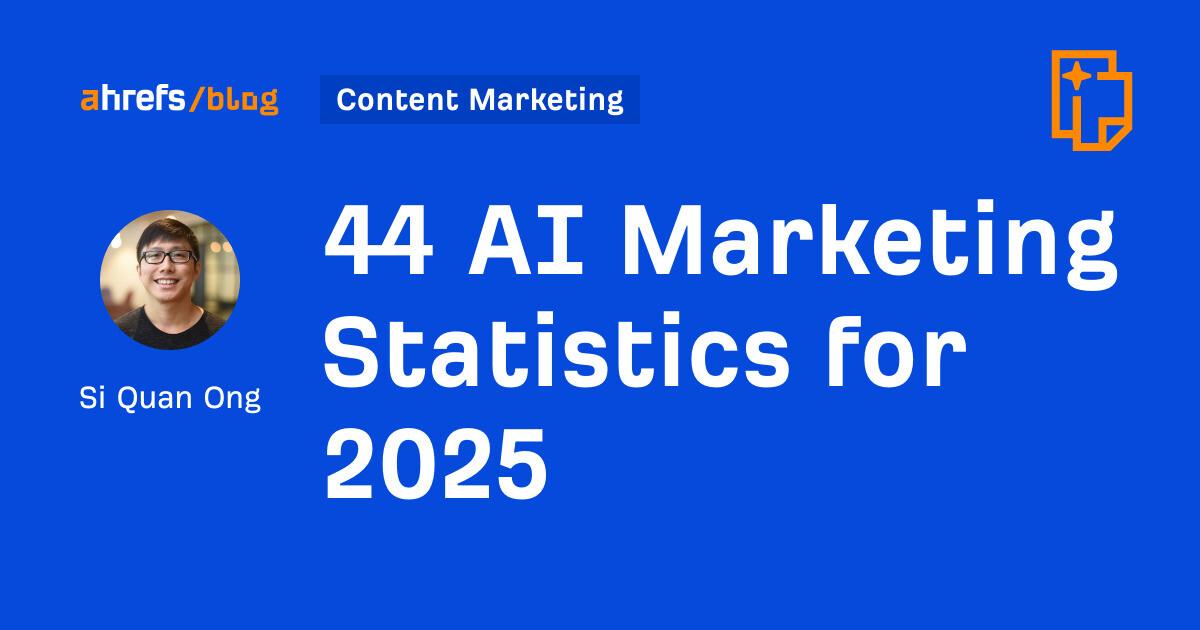




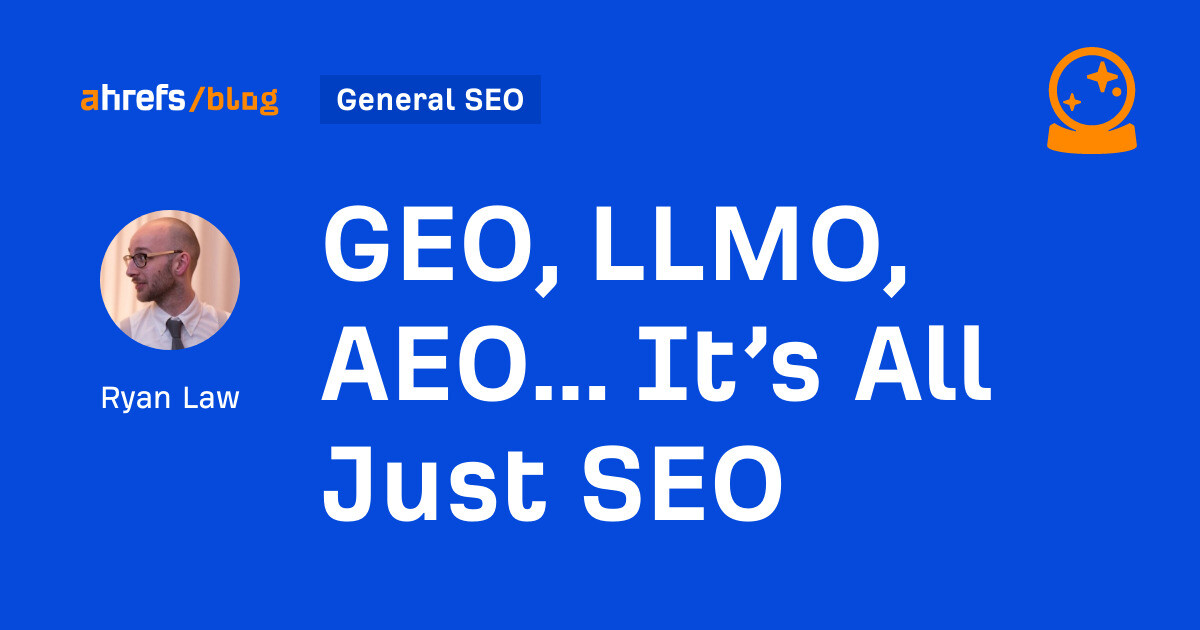






![The 2026 AI Search Benchmark Every SEO Leader Needs [Webinar] via @sejournal, @lorenbaker](https://www.searchenginejournal.com/wp-content/uploads/2025/11/1-259.png)












